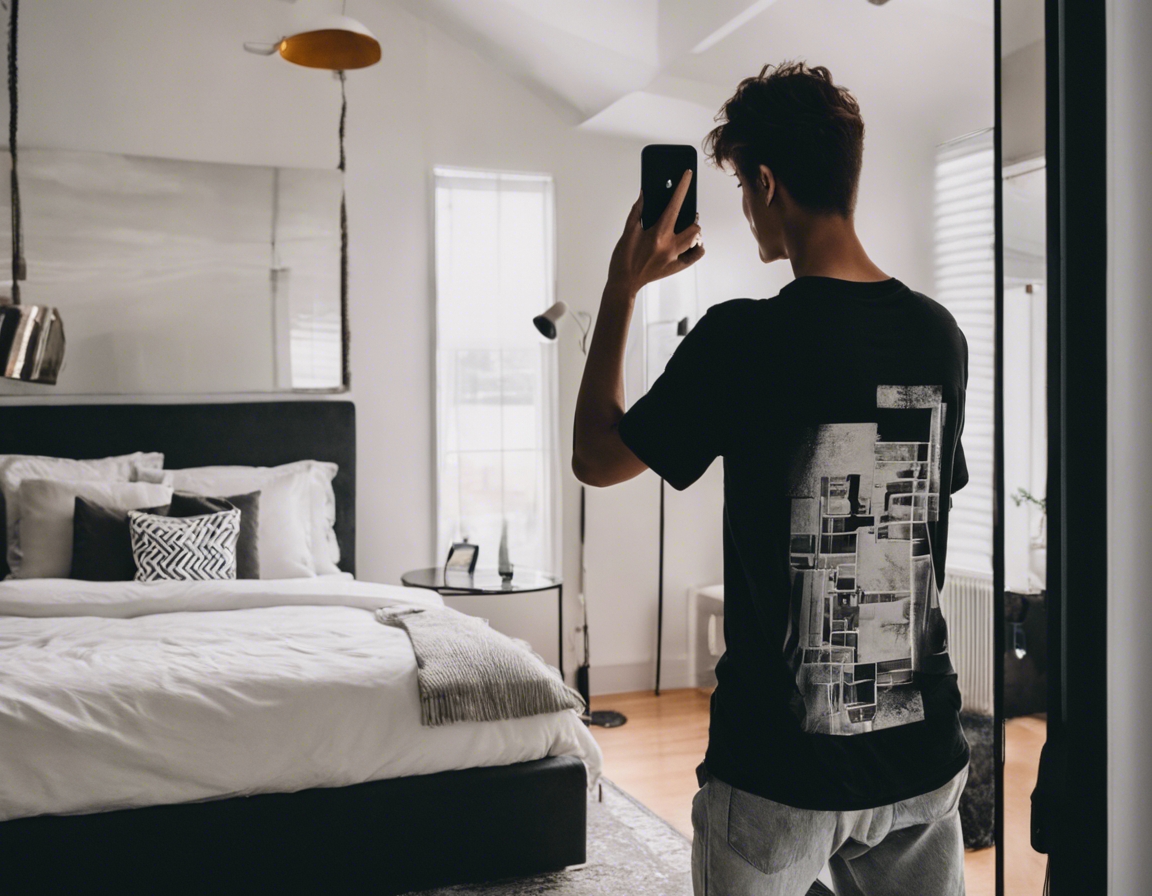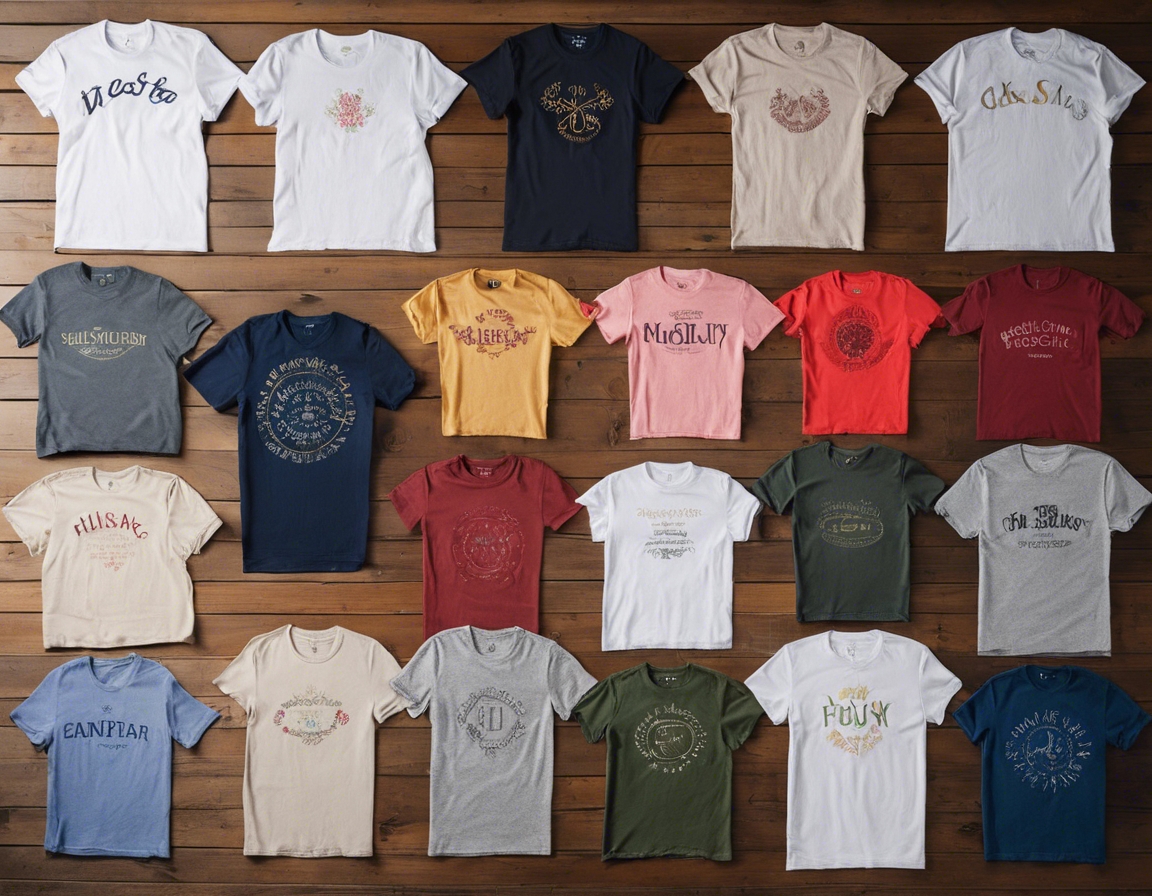Embroidery vs. print: a guide to custom apparel
Custom apparel refers to clothing items that have been personalized or altered to meet the specific desires or requirements of an individual or group. This customization can range from simple text or graphic prints to intricate embroidered designs, offering a unique way for people to express their personal style and identity.
Personalization in fashion is more than a trend; it's a movement towards self-expression and individuality. In a world where mass-produced clothing dominates, custom apparel stands out by offering a personal touch that resonates with our target audience of fashion-conscious millennials and Gen Z.
Understanding Embroidery
Embroidery is the craft of decorating fabric using a needle to apply thread or yarn. Embroidery may also incorporate other materials such as pearls, beads, quills, and sequins. It is one of the oldest forms of creating detailed and durable designs on clothing and other fabric items.
- Long-lasting and durable
- High perceived value and premium look
- Texture and dimension add to the visual appeal
- Great for small designs like logos and monograms
- Can be more expensive than print
- Not suitable for designs with intricate details or a large number of colors
- Heavier thread count can make garments less flexible
Embroidery is best used for corporate apparel, high-end retail items, caps, bags, and other items where a touch of elegance and longevity is desired.
Understanding Print
Print refers to the application of ink to fabric to create a design or pattern. It can be done through various techniques such as screen printing, digital printing, or heat transfer. Print is versatile and can accommodate a wide range of designs and colors.
- Cost-effective for large quantities
- Highly detailed designs with a wide color palette
- Quick production and turnaround times
- Flexibility in design changes and updates
- Printed designs may fade or crack over time
- Some printing methods require a smooth fabric surface
- Not as durable as embroidery in some cases
Print is ideal for casual wear, promotional items, event merchandise, and any situation where vibrant, complex graphics are needed.
Comparing Embroidery and Print
Embroidery often outlasts print when it comes to durability and is less likely to fade or deteriorate over time. However, advancements in printing technology have significantly improved the lifespan of printed apparel.
Embroidery can be more costly upfront, especially for small orders, due to the setup involved. Print, on the other hand, becomes more cost-effective with larger quantities, making it a popular choice for bulk orders.
While embroidery lends a classic and professional look, it is limited in its ability to handle complex designs with many colors. Print excels in reproducing intricate patterns and a wide color spectrum.
Embroidery works well on a variety of materials but is particularly suited for thicker, sturdier fabrics. Print is more adaptable but requires a relatively smooth surface for best results.
The production time for embroidery can be longer than for print, especially for intricate designs. Print, particularly digital print, can offer faster turnaround times, which is crucial for time-sensitive projects.
Choosing Between Embroidery and Print
When deciding between embroidery and print, consider the purpose of the apparel, the expected lifespan, and the impression you want to make.
Think about the preferences and expectations of your audience. High-quality embroidery might appeal to a corporate audience, while vibrant prints could attract a younger, more casual crowd.
The occasion for which the apparel is intended can also guide your choice. Embroidery might be more appropriate for formal events, while print could be the go-to for casual gatherings or promotional activities.






Comments (0)